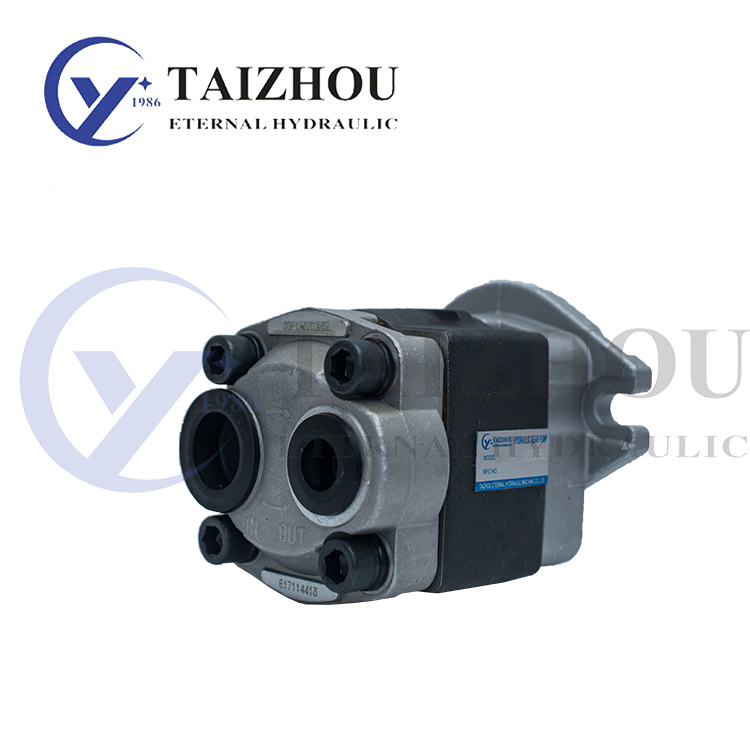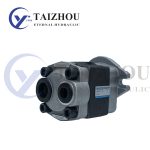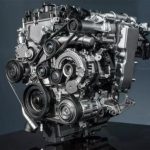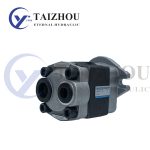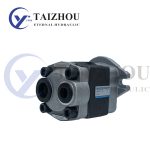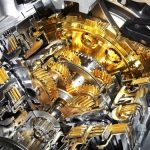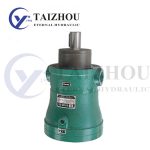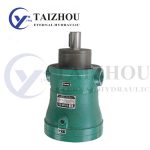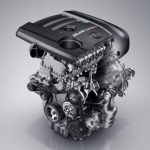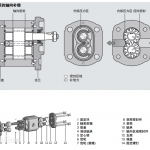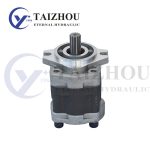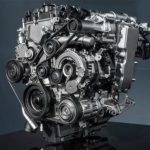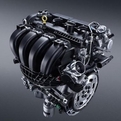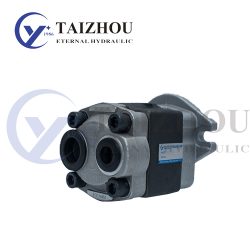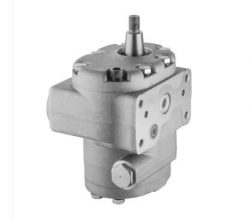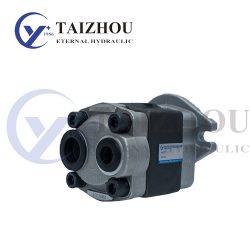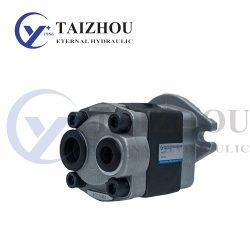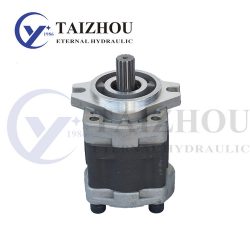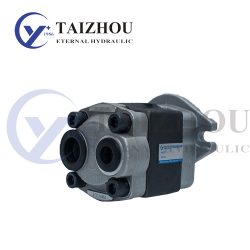Gear Pump Manufacturers : Sensory Diagnostic Method For Gear Pumps
Gear Pump Manufacturers explain sensory diagnostic methods for gear pumps: sight, hearing, taste, touch
Visual diagnosis
1 Observe the presence or absence of air bubbles and discoloration (white turbidity, blackening, etc.) in the working oil in the fuel tank. The noise, vibration and creep of the hydraulic equipment are often related to a large number of air bubbles in the oil.
2 Observing the oil leakage at the sealing part, the joint surface, etc., combined with the observation of the profile pressure and the pressure adjustment, etc., it can be found that the seal breaks the pressure chamber cavity and other irregularities. Observe the quality of the processed workpiece and analyze it, and observe whether the equipment is shaken, crawled and unevenly run, and find out the cause of the failure.
3 Observing the fault location and damage, it is often possible to judge the cause of the fault.
Hearing Diagnostics – Listening to the normal device The sound of the device has a certain rhythm and rhythm and maintains constant stability. Therefore, accumulating from practice, familiar with and mastering these normal rhythms and rhythms, can accurately determine whether the hydraulic equipment is functioning properly, and at the same time, according to the changes in the temperament and rhythm and the parts generated by the abnormal sound, the location where the fault occurs can be analyzed and Damage situation. For example, the next day.
1The treble of the treble is usually sucked into the air. If the cavitation sounds, the gear pump may be blocked by the oil filter, the hydraulic pump suction pipe is loose, the seal is damaged or leaked, or the oil level of the oil tank is too low and hydraulic The oil deteriorates, the dirt, the defoaming performance are lowered, and the like. “嘶嘶” or “哗哗” sounds are more serious oil leakage and leakage at the drain or leak.
2. The “哒哒” sound indicates that the electromagnet of the AC solenoid valve is poorly coupled. It may be that there is a dirt such as a paint piece between the movable iron core and the fixed iron core in the electromagnet, or the push rod is too long. Heavy noise is often caused by overloading a hydraulic pump or hydraulic cylinder. Hydraulic pumps “喳喳” or “giggle” are often caused by damage to the pump bearings and severe wear of the pump shaft and the inhalation of air.
3. The sharp and short friction sound is often caused by dry friction between the two contact surfaces, or it may be a strain on the part.
4 The impact sound is low and dull, often there are loose screws in the hydraulic cylinder or foreign objects hitting.
Taste diagnosis and a nose smell The examiner relies on the sense of smell to discern whether there is an abnormal smell to judge the insulation of the electrical components, and whether there is any rot or other rot in the sweeping box.
Tactile diagnosis – touch with your hands Touch sensitive touches to check for vibration, shock and oil temperature rise and hydraulic cylinder crawling.
https://www.xjetl.com
